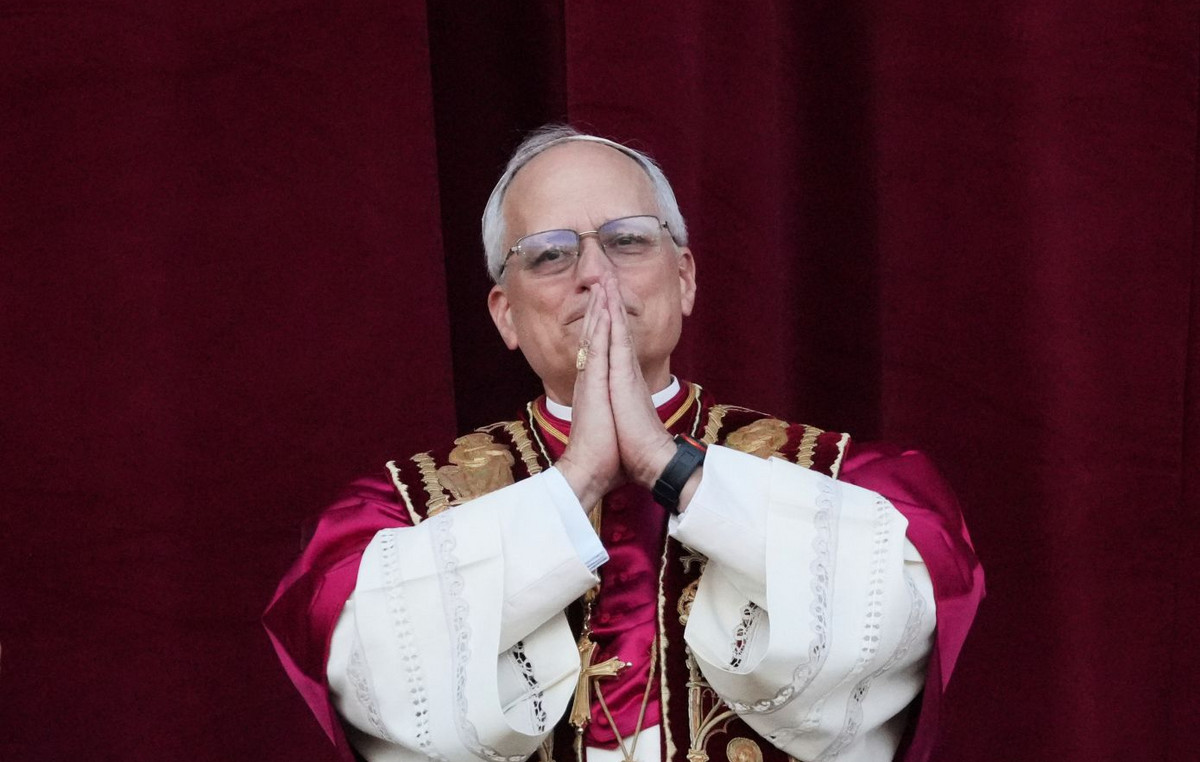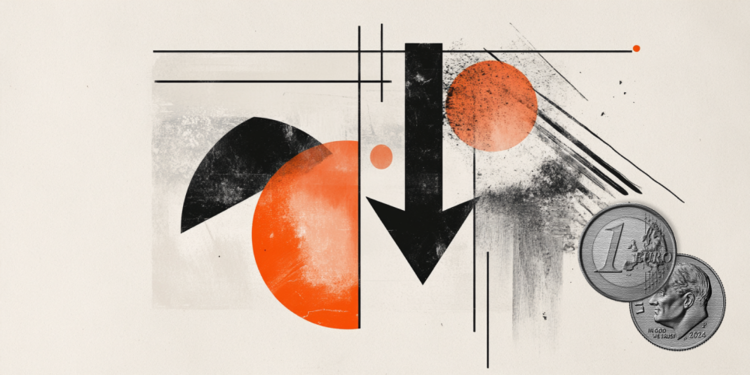Jorge Mario Bergoglio was born in Buenos Aires on December 17, 1936, in a family of Italian origin. He was the oldest of five children and was raised in the Portene de Flores neighborhood.
Until he became a Pontiff, he went a long way to the Catholic Church, was archbishop in the Argentine capital and marked the history of the country.
Since his grandparents always talked in the native language, he claims that the Piedmontês, Italian dialect, was his mother tongue. This was just one of his bonds with Europe: World War II news on the radio and parents’ reaction to listening to Adolf Hitler’s atrocities marked him when he was young.
But Bergoglio’s childhood in the Portene de Flores neighborhood was deeply Argentine. Every Sunday, he went with the whole family to watch the San Lorenzo de Almagro games, a club where his father played basketball and he became a passionate fan.
The club was founded by Lorenzo Massa, a priest. He also attended Mass with his grandmother Rosa in the Basilica of San José de Flores and studied in some Catholic schools. At the Salesian boarding school, at the age of 12, he felt the priestly vocation for the first time.
In the autobiography “Life – My History Through History”, released in April 2024, Francis says he even talked to a boarding school priest about it and asked some questions, but that desire remained asleep until it is definitively manifested in the 1950s.
He even says he had a girlfriend. Bergoglio describes her as “a very sweet girl, who worked in the world of cinema and then married and had children.”
After her, already in the seminary, he had “a little passion.” “It’s normal, or we wouldn’t be human beings,” he explained in the book, reporting that he met her at an uncle’s marriage and was delighted.
“She turned my head with her beauty and intelligence. For a week, I got her image in her mind, and it was hard to pray! Then, fortunately, passed and dedicated myself body and soul to my vocation,” he reports, qualifying the episode as a “trial.”
As a teenager, Bergoglio graduated from a chemistry technician from the Industrial Technical School and even did an internship at a chemical analysis laboratory.
But on September 21, 1953, when he was on his way to meeting friends for a picnic, he felt the need to enter the flower basilica, which he used to attend.
During the confession, he says that “something strange happened,” changing his life forever: “I was amazed to have found God suddenly. He was there waiting for me, he anticipated me,” he described in his autobiography.
“More than a picnic with friends! I was living the most beautiful moment of my life, I was delivering me totally into the hands of God!” He detailed in the book.
Francisco did not speak to anyone in the family of the call to the priesthood until he took his diploma. Nor did he tell his friends, with those who played pool, spoke of politics and danced tango. But in 1955, when I had to choose college, he decided to talk to his father.
According to Francisco, he was happy. The fear was to tell the mother. “I knew she wouldn’t accept my choice, so I invented that she would study medicine,” he explained. But one day, cleaning the house, she saw her theology books, and did not accept the revelation well.
Despite the maternal request for him to go to college and then decided, Bergoglio entered the Archdiocesan seminary at the age of 19.
Two years later, still in the seminary, he says he found himself on the brink of death, when all his colleagues took a flu. Everyone healed, but his fever did not give in.
“One day I worsened: my body temperature was very high, and the rector, scared, took me to the Syrian-Lebanese hospital. I was diagnosed with a serious infection, and that day they took a liter of liquid from my lungs,” he said.
The pontiff said owed his life to the Italian nun Cornelia Caraglio who accompanied him at the hospital and managed additional penicillin doses in him, realizing that those prescribed by doctors were too low.
The recovery was long, and the Pope revealed that he even prepared to die. As a result of pleurisy, inflammation that affects the lung membranes, and the formation of three cysts, Bergoglio had to remove the upper lobe of the right lung. Surgical intervention was with the best techniques of the time.
“You can imagine the size of the cuts and how much I suffered,” Francis described about the procedure, performed in 1957.
In 1958, he entered the novitiate of the company of Jesus. Bergoglio graduated in philosophy at the Catholic University of Buenos Aires, in 1960, and taught literature and psychology at the Immaculate College, in the province of Santa Fe, and at the Salvador College in Buenos Aires.
He also graduated in Theology in 1969 and was ordered a priest at the age of 32. Issued the last votes to the Company of Jesus in 1973. He led the Jesuit community during the 1970s amid the Argentine military dictatorship.
For six years, until 1986, he was a dean of San Miguel’s Faculty of Philosophy and Theology.
Dictatorship
One of the great controversies that surround him refers precisely to his role in helping to persecuted dictatorship politicians. He was accused in Argentina in omission and even collaboration in the arrest of Jesuit priests Orlando Yorio and Francisco Jalic in 1976.
In his autobiography, the Pope says the accusation is slanderous and says he spoke to dictator Jorge Rafael Videla and Emilio Massera, another leader of the military junta who ruled the country, to intercede for the Jesuits. They ended up released after five months in prison and torture.
He also reports having made contacts for the liberation of another catechist, and that he even helped a persecuted similar to him disguise as a priest and flee the Argentina with his identity card.
“I risked a lot that time because if they had discovered it, they would no doubt have murdered him and come behind me,” he said.
Rise in the church
On May 20, 1992, Pope John Paul II appointed him auxiliary bishop of Buenos Aires. During this period, he intensified the pastoral work dedicated to the poorest.
He was appointed Cardinal by John Paul II in 2001. Upon receiving the news, he convinced hundreds of Argentines not to travel to Rome. Instead of going to the Vatican to celebrate the appointment, he asked them to give the money from the trip to the poor.
Also president of the Argentine Episcopal Conference between 2005 and 2011, he led the country’s Catholic Church and became the main face of opposition to same -sex marriage.
Bergoglio spoke in demonstrations against the bill authorizing the egalitarian marriage and even sent a letter to Carmelites nuns stating that opposition to the initiative was a “war of God.”
Pope was chosen in 2013 after the resignation of Pope Emeritus Benedict XVI, who left his duties due to advanced age. His election as leader of the Catholic Church took place on March 13, 2013, on the second day of the conclave.
In that vote, when his name reached two thirds of preferences and he was applauded, Brazilian cardinal Dom Cláudio Hummes, Archbishop Emeritus of São Paulo, approached, gave him a kiss and said, “Never forget the poor.”
“It was there that I chose the name I would have as Pope: Francis,” he told his book. The decision, made after the Brazilian’s words, was a tribute to St. Francis of Assisi, known for exercising his religious life in simplicity and dedicating himself to the poor.
In addition to being chosen as the first South American Pope, Francisco was the first non-European pontiff in over 1,200 years, since the Syrian Pope Gregory III, which led the Catholic Church between 731-741.
Discrete habits and strong positions
Pope Francis always avoided media appearances, used public transport and did not attend restaurants. However, he had opinions and some attitudes considered “extravagant” to the Catholic Church.
As in 2015, when along with the progressive rock group Le Orme, he released a album called “Wake Up!”.
In 2019, during a visit to the United Arab Emirates, the Pope met with Ahmed Al-Tayeb, the great al-Azhar magnet in Abu Dhabi. They signed the document on human fraternity.
Francis invited his clerics and the laity to oppose abortion and euthanasia.
He worked to restore Vatican’s credibility, shaken by financial scandals and reports of sexual abuse.
In April 2014, he asked for forgiveness for pedophilia cases committed by priests of the Catholic Church.
It was forced to reduce the pace of international trips because of severe pain in the right knee. To save herself, she started to fulfill many of the appointments in a wheelchair.
Diplomat Pope
Francisco also had a diplomat side, and used the Vatican’s influence to try to help conflict resolution.
He measured, for example, conversations for rapprochement between the United States and Cuba. He also made dozens of refugee rights appeals and criticized the countries that closed the doors to immigrants.
He has always been a hard critic of the Ukraine War and cried in public when he remembered the Ukrainians who suffered from the invasion of Russia.
And it continued, despite the worsening health problems, expressing concern about the bombing of civilians in Gaza. Even hospitalized, the Pope continued to make daily calls to a parish in the region, to follow the situation.
With the informal way in words and gestures, he captivated millions of faithful.
This content was originally published in Francisco was the first Latin American Pope; Remember your history on the CNN Brazil website.
Source: CNN Brasil
Bruce Belcher is a seasoned author with over 5 years of experience in world news. He writes for online news websites and provides in-depth analysis on the world stock market. Bruce is known for his insightful perspectives and commitment to keeping the public informed.







